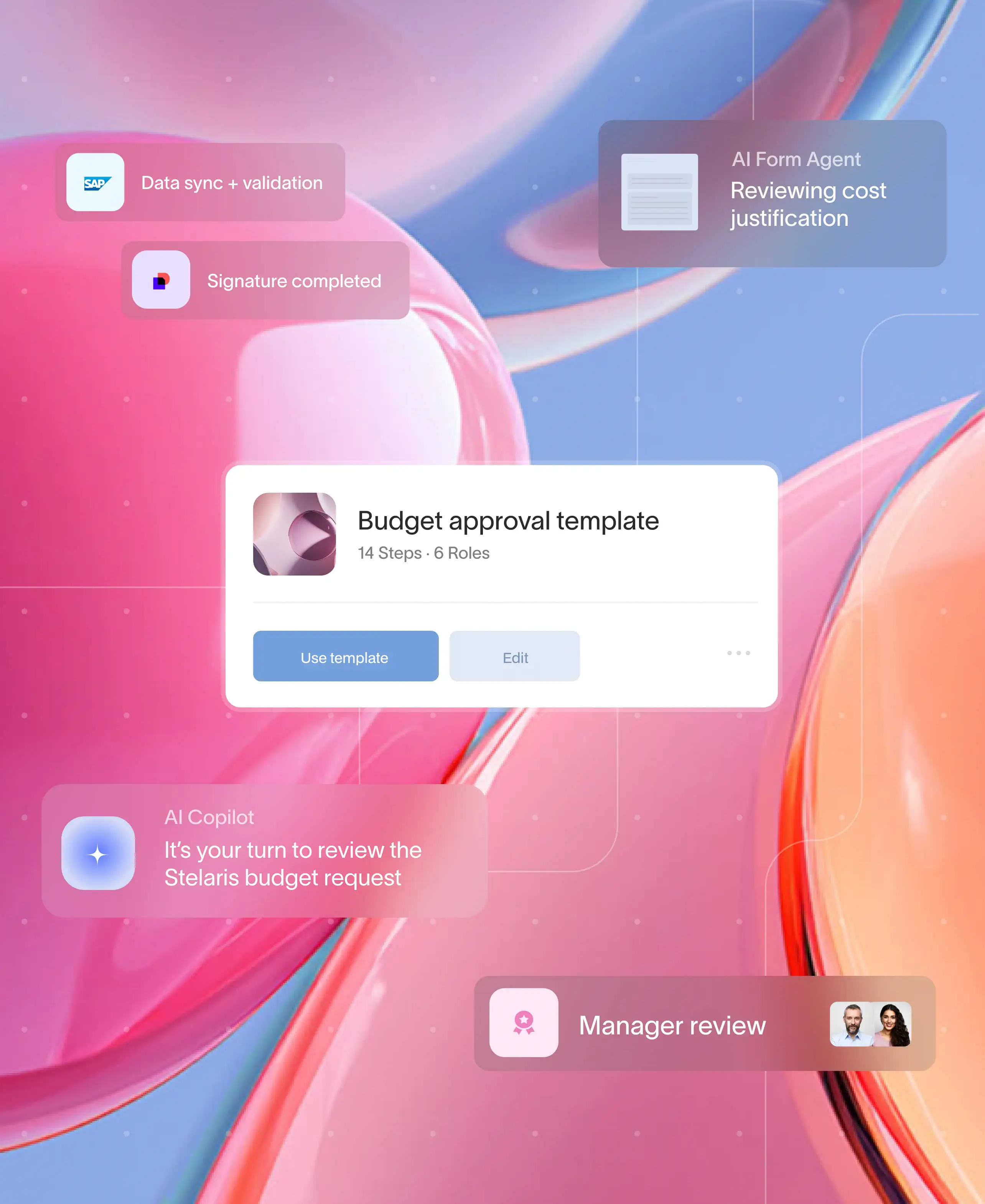.jpg)
Customer retention is the backbone of a successful banking institution. As competition intensifies, retaining existing customers becomes crucial for banks to maintain a stable revenue stream and achieve long term growth. What sort of tools should a bank invest in to retain customers? Is a client portal and dedicated relationship manager enough to keep customers around?
This article explores effective customer retention strategies for banks, providing actionable insights and real world examples to illustrate their impact.
What is client retention in banking
Client retention in banking refers to the ability of the bank to keep its customers over time. Unlike customer acquisition, which focuses on attracting new clients, customer retention in banking emphasizes maintaining existing relationships, ensuring their continued use of the bank’s services. High retention rates are indicative of customer satisfaction and loyalty, which are essential for sustainable business growth.
Why is client retention important in banking?
Customer retention is a recurring challenge for most industries.. It is of great importance in banking for several reasons:
- Cost efficiency: Acquiring new customers is significantly more expensive than retaining existing ones. Studies show that it can cost up to five times more to attract a new customer than to retain an existing one.
- Increased lifetime value (LTV): Loyal customers tend to use more products and services, leading to higher revenue per customer. They are also more likely to recommend the bank to others, driving organic growth.
- Enhanced customer trust: Long-term customers typically have more trust in their bank. This trust translates into higher engagement and a willingness to explore additional services offered by the bank.
- Competitive advantage: In a saturated market, retaining customers provides a competitive edge. Satisfied customers are less likely to switch to competitors, even if they offer similar services.
- Stability and predictability: A loyal customer base provides a stable revenue stream and more predictable financial performance, allowing for better strategic planning and investment.
7 proven strategies to boost customer retention for banks
To retain customers, banks need to implement a variety of strategies tailored to meet the evolving needs of their clients. Creating friction-less customer journeys is an effective way to retain clients. Here are some proven customer retention strategies in the banking industry:
- Personalized customer service
- Loyalty programs
- Digital engagement
- Proactive customer support
- Financial education
- Simplified banking processes
- Multichannel communication
1. Personalized customer service
Personalization is key to making customers feel valued. Banks can use data analytics to understand customer behavior and preferences, allowing them to offer personalized products and services. For instance, tailored financial advice based on a customer’s spending habits can enhance their banking experience, forming a central part of customer retention strategies for banks.
Example: Wells Fargo uses predictive analytics to offer personalized financial guidance. By analyzing transaction data, the bank recommends tailored savings plans and investment opportunities, increasing customer satisfaction and loyalty, which is a core aspect of bank client retention.
2. Loyalty programs
Loyalty programs incentivize customers to continue using the bank’s services. These programs can include rewards for using credit cards, bonuses for opening new accounts, or discounts on loan interest rates.
Example: Chase Bank offers a comprehensive rewards program where customers earn points for every dollar spent using their Chase credit cards. These points can be redeemed for travel, merchandise, or cash back, encouraging customers to use their Chase cards more frequently. This widely used method for keeping banking clients has proven to be consistently effective.
3. Digital engagement
In the digital age, banks must provide seamless online and mobile banking experiences. Offering a user friendly digital platform with features like mobile check deposit, online bill pay, and real time transaction alerts can significantly enhance customer satisfaction.
Example: Bank of America’s mobile app offers an array of features, including Erica, an AIdriven virtual assistant. Erica helps customers manage their finances, providing personalized insights and alerts, thus improving customer engagement and retention.
4. Proactive customer support
Proactive customer support involves reaching out to customers before they encounter problems. This approach not only resolves issues quickly but also shows customers that the bank values their relationship. Some banks have their own private white label client portal that relationship managers can use to stay in touch with clients.
Example: Citibank has a proactive customer support system where representatives monitor customer accounts for unusual activity. If potential issues are detected, the bank contacts the client immediately to resolve them, thus preventing dissatisfaction and potential attrition, demonstrating effective strategies for engagement.
5. Financial education
Providing financial education helps customers make informed decisions about their money. Banks can offer workshops, webinars, and online resources covering topics like budgeting, investing, and retirement planning.
Example: U.S. Bank offers a comprehensive financial education program called Financial Genius, which includes online courses, tools, and tips to help customers improve their financial literacy. This initiative not only empowers customers but also fosters loyalty and trust.
6. Simplified banking processes
Simplifying banking processes makes it easier for customers to access services. Streamlined account opening procedures, simplified loan applications, and easy to understand product information can enhance the customer experience.
Example: Capital One’s “Banking Reimagined” initiative focuses on simplifying banking processes. The bank has introduced Capital One Cafés, where customers can get financial advice in a relaxed setting, and a streamlined online banking platform that simplifies everyday transactions.
7. Multichannel communication
Offering multiple communication channels ensures that customers can reach the bank through their preferred method, whether it’s in-person, over the phone, via email, or through social media. Consistent and responsive communication across all channels is crucial for customer satisfaction.
Example: HSBC provides a robust multichannel communication strategy, including in-branch service, a 24/7 call center, live chat on their website, and active social media support. This comprehensive approach ensures that customers can get assistance whenever and however they prefer.
Benefits of using Moxo for client retention
In the quest for improved customer retention strategies in financial services, leveraging advanced technology platforms can make a significant difference. Moxo, a client interaction hub, offers an integrated solution to enhance customer engagement and streamline communication.
- Unified communication platform: Moxo provides a single platform for all customer interactions, including messaging, video conferencing, and document sharing. This unified approach ensures seamless communication and improves the overall customer experience.
- Enhanced collaboration: Moxo’s collaboration tools including automated workflows allow bank representatives to work closely with customers on complex financial matters, such as loan applications and investment planning, in real-time.
- Secure transactions: Security is paramount in banking, and Moxo’s platform ensures that all transactions and communications are encrypted and compliant with industry standards.
- Personalized customer experience: With Moxo’s data analytics capabilities, banks can offer personalized services and recommendations, increasing customer satisfaction and loyalty.
- Proactive customer support: Moxo enables banks to provide proactive support by setting up automated alerts and reminders for customers, ensuring they stay informed about their accounts and any potential issues.
Example: Several banks have already leveraged Moxo to transform their customer journeys. Citibank used Moxo to enhance its communication with high-net-worth clients. By offering a personalized app experience, Citibank built stronger relationships and increased client satisfaction. Citibank saw the following improvements:
- Operational efficiency: 200% increase in productivity.
- Customer engagement: Over 200 million USD worth of transactions in the first 10 months
- 100% usage across clients and relationship managers
Additionally, the streamlined processes reduced response times, leading to quicker resolutions for client inquiries. This efficiency not only improved the client experience but also gave Citibank a competitive edge in the market.
Use Moxo to create your private white-label app to improve your client engagement.
Conclusion
Implementing effective customer retention strategies for banks is essential for building long-term relationships and ensuring sustainable growth. By focusing on personalized service, loyalty programs, digital engagement, proactive support, financial education, simplified processes, and multichannel communication, banks can enhance customer satisfaction and loyalty.
Leveraging technology platforms like Moxo further amplifies these efforts, providing a comprehensive solution to improve customer interactions and retention. As the banking industry continues to evolve, staying ahead with innovative retention strategies will be key to maintaining a competitive edge and achieving lasting success.
Get started with Moxo to implement more effective client retention strategies.
FAQs
How can banks measure customer satisfaction effectively?
Banks can measure customer satisfaction through various methods such as customer surveys, Net Promoter Score (NPS), Customer Satisfaction Score (CSAT), and feedback forms. These tools help gauge customer sentiment and identify areas for improvement.
What role does data analytics play in customer retention for banks?
Data analytics helps banks understand customer behavior, preferences, and needs. By analyzing transaction data, banks can identify trends, predict future behavior, and tailor their services to meet individual customer needs, thereby enhancing retention.
What are some common challenges banks face in retaining customers?
Common challenges banks face when retaining customers include increased competition, changing customer expectations, technological advancements, regulatory compliance, and economic fluctuations. Addressing these challenges requires continuous adaptation and innovation.
How can banks leverage social media for customer retention?
Banks can use social media to engage with customers, address queries, share valuable content, and gather feedback. Active social media presence helps build a community, foster trust, and enhance customer loyalty.
What impact does mobile banking have on customer retention?
Mobile banking offers convenience and accessibility, allowing customers to manage their accounts on the go. Features like mobile check deposit, instant transfers, and account alerts improve the banking experience, leading to higher customer satisfaction and retention.
How do regulatory changes affect customer retention strategies in banks?
Regulatory changes can impact how banks interact with customers and the services they offer. Staying compliant while ensuring customer friendly policies and processes is crucial for maintaining trust and loyalty.





